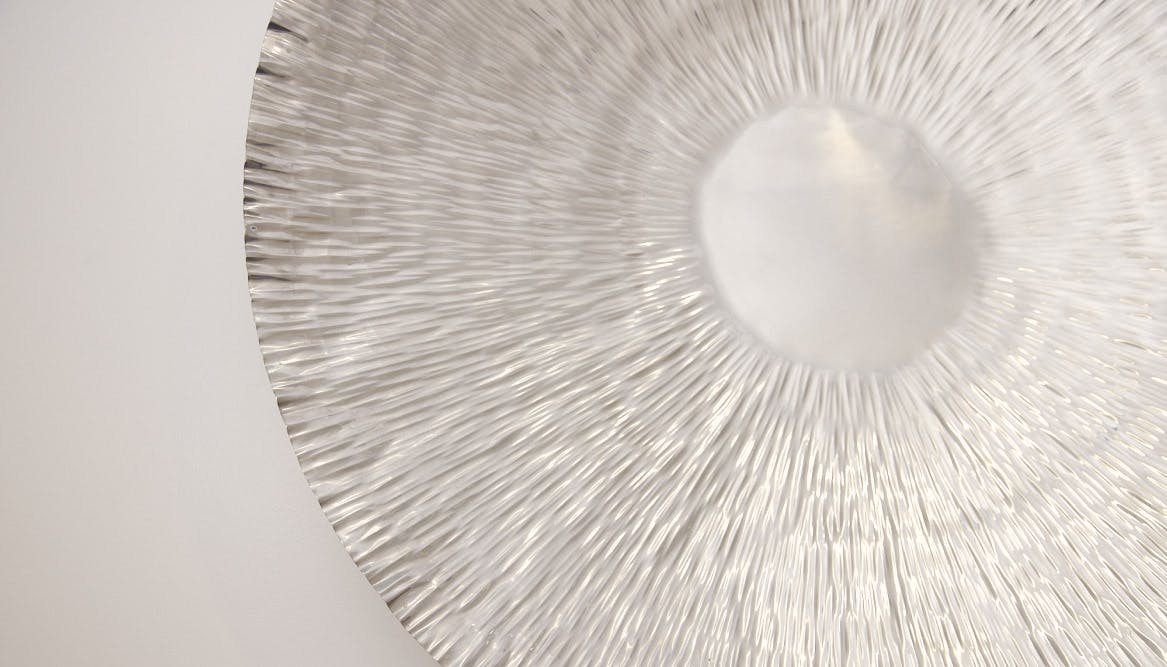Clinodactyly is a congenital condition characterized by the curvature of a finger, often the pinky, towards the adjacent fingers. This common but often mild deformity can affect hand function and may be associated with other genetic conditions.
Clinodactyly: Causes, Associations, and Treatment Options
The growth plates are not parallel, causing one side to grow more than the other side.
Clinodactyly can also be related to a larger deformity such as macrodactyly, polydactyly, syndactyly, or after surgical correction of finger deformities.
In most cases, clinodactyly is harmless and does not need to be corrected. In a small number of patients, the curvature may be severe enough or worsen over time to interfere with adjacent digits. This is most noticeable when someone tries to flex his or her fingers into a fist. In these patients, surgery involves realigning the growth plates with an opening or closing wedge osteotomy.
Clinodactyly may occur as an isolated finding in a person who is entirely normal or it may be found in association with other congenital malformations and, sometimes, with developmental delay. It is a common component of Down syndrome (trisomy 21) and Klinefelter syndrome (XXY).









